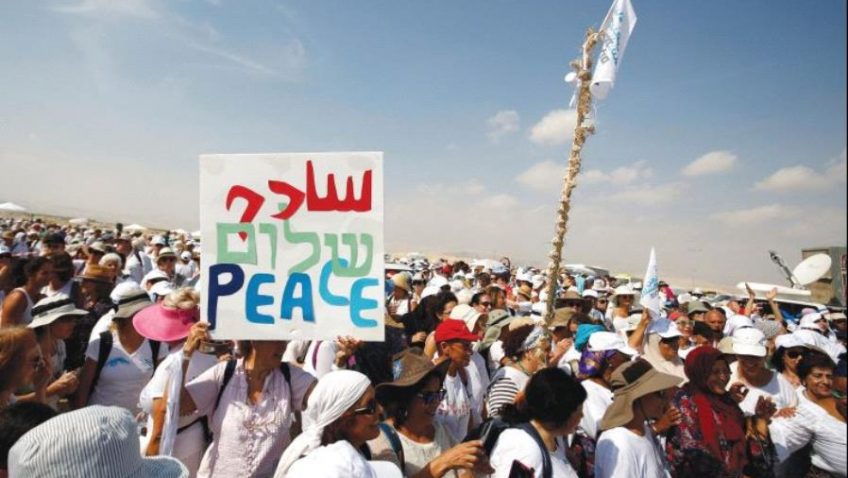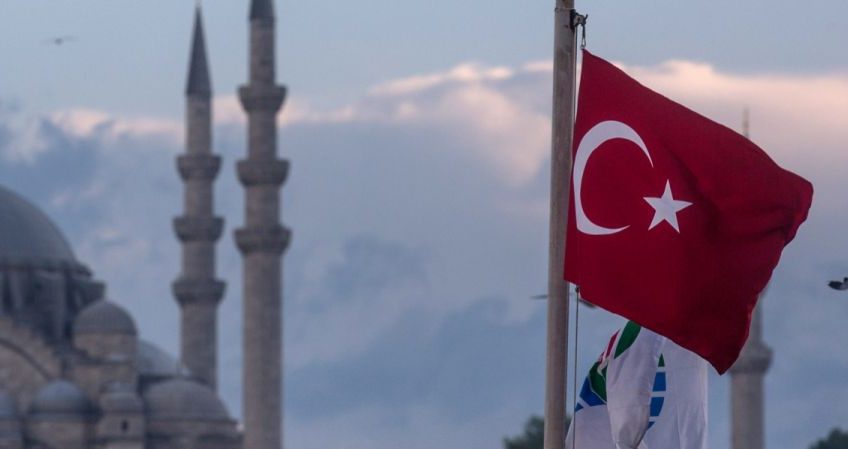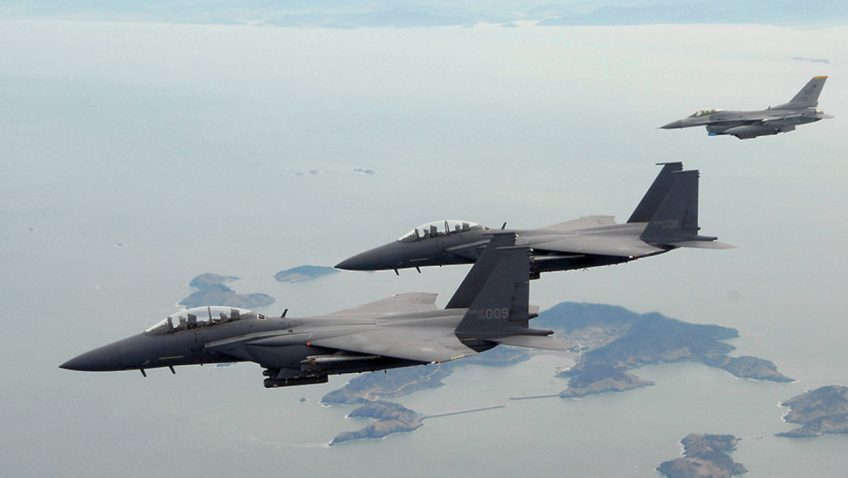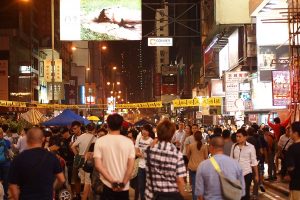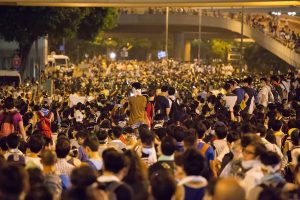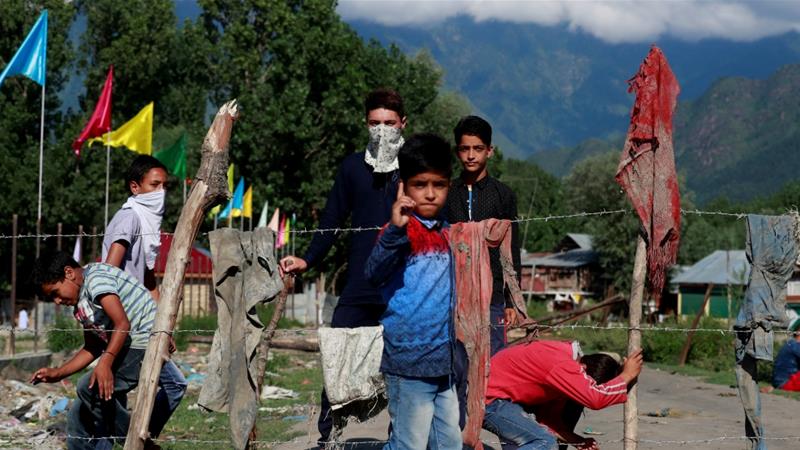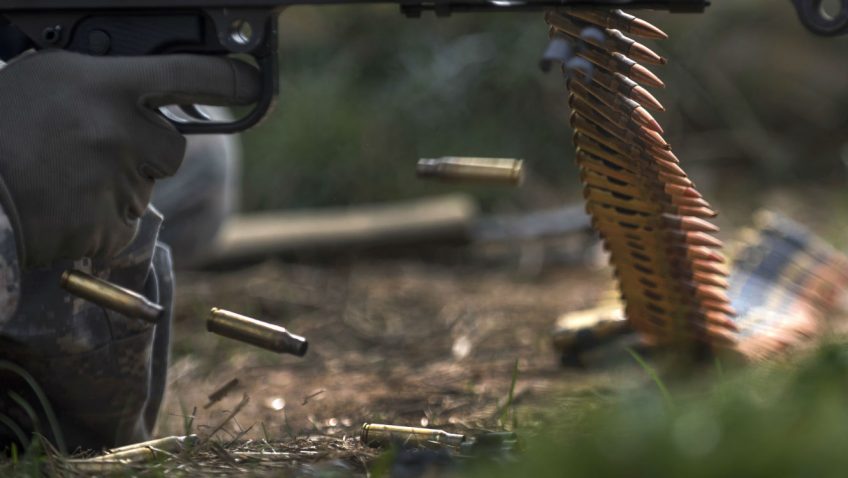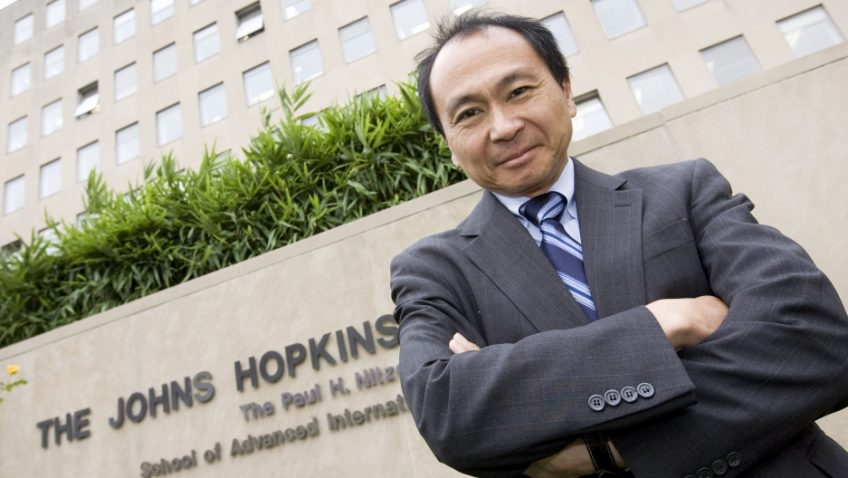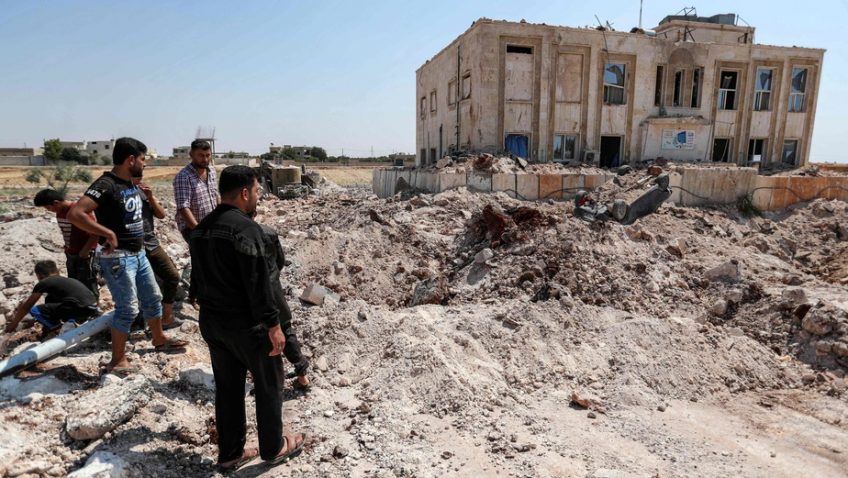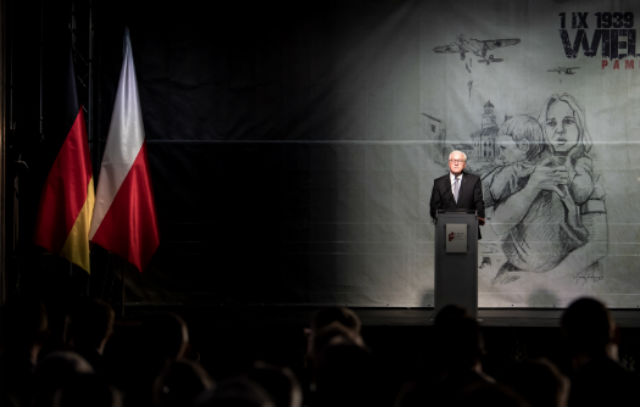The recent calls by Israel to annex the Jordan Valley pose a danger to the Middle East peace process, as it would be in direct violation of United Nations resolution 242.
However, a two-state solution proposed under the basis of United Nations resolutions 242 was already dead, with it being unpopular for both parties. A new approach to the approach has to be reached, one with a primary focus of geo-strategic needs and based upon current facts on the ground.
This, in turn, brings up the question: Why does Israel want to annex the Jordan Valley (and subsequently, the entire West Bank) and the Golan Heights? And if it was about implementing the “Zionist Manifesto” why did Israel give back the Sinai Peninsula, pull out of the Gaza Strip, and leave the nation of Jordan alone?
The answer has to due with the geopolitics of Israel and the Strategic importance of the West Bank.
The West Bank can be broken into two areas, the mountain area, and the Valley area. The Valley area (the Jordan River valley) sits at the base of a steep canyon, which serves as a natural buffer zone between Israel and Jordan, securing Israel from any attacking force striking on the East Bank of the Jordan River. If there ever was to be an independent Palestinian State in the West Bank, two things would happen that would make Israel lose this advantage:
First, since the creation of an independent Palestinian State in the West Bank poses a direct threat to the sovereignty of the Hashemite monarchy that governs Jordan, the monarchy would most likely be toppled. Once then, a Jordanian – Palestinian alliance would be formed, rendering the strategic importance of the Jordan River valley to the Israelis irrelevant, and effectively terminating the 1994 Israeli – Jordanian Peace Treaty.
The Mountain area dominates the Israeli coast, only 10 miles from the Mediterranean Sea, and within sight of every single Israeli city, meaning that every single Israeli city is within range of enemy artillery, including Israel’s only civilian airport. On top of that, if the Palestinians ever decided to break a peace treaty with Israel, the 10-mile gap would mean that it would be impossible for Israel to defend their territory, allowing their country to be overrun in blitzkrieg fashion.
Because of both the strategic importance of the Jordan Valley and the Mountain range, Israel cannot accept an independent Palestinian State in the West Bank, and, for its own protection, must be allowed to annex it.
The Golan Heights presents a similar dilemma for the Israelis. The terrain of the Golan Heights enables any army to successfully invade Israel from this spot, and so Israel is to secure its territorial integrity, it must be allowed to annex the Golan Heights.
So, does that mean that there will never be an independent Palestinian State? That the two – state solution is dead? Well, the honest answer to that question is both yes and no.
The no comes from the fact that a two-state solution lined out in UN resolution 242 is dead, and to be quite blunt, was never going to work in the first place, as UN resolution 242 did not take into account the geopolitical needs of Israel in order for Israel to accept UN resolution 242.
The yes comes the other equation, often overlooked to the point of being dubbed “The region that nobody wanted”: The Gaza Strip is of no strategic importance to the Israelis, which is why Israel withdrew unilaterally from the Gaza Strip in 2005. Because of this, any two – state solution would just leave the Palestinians with the Gaza Strip, and Israel in control of everything else. While it may not be a fair 50/50 split, often time, geopolitics isn’t fair.
However, this would be of great benefit to the stability of the Palestinian Government, as it would speed up the reconciliation between Hamas and Fatah. There has been very little reason for the two to reconcile with Israel serving as a buffer zone between them.
So, what would this Palestinian State look like? What would its economy be centered around?
Well, the Gaza Strip does sit in the fertile crescent and thus would have great agricultural potential. In addition, the rise of offshore natural gas production could prove to make the Gaza Strip a great exporter of natural gas, and, potentially, make the Gaza Strip go from being a land that no one wanted to a major energy powerhouse.
This, of course, cannot happen without a massive Marshall plan to rebuild the Gaza Strip, including the refurbishing and reopening of Yasser Arafat International Airport.
Apart from the Gaza Strip, a second question remains: What is to be done with the Arab Residents of the West Bank? If Israel were to grant them citizenship, Israel would be Jewish in name only. If Israel does not grant them citizenship, it would become an apartheid state.
The solution: autonomous status for the Arab areas in the West Bank, as well as within Israel itself, as they are often isolated from mainstream Israeli society. This also means that the settlements remain. The autonomy would be first, and foremost, an autonomy of residency: them being permanent Israeli residents, but being allowed the choice to be either Israeli, Palestinian, or Jordanian citizenship. No Arab – Israeli peace can be achieved without the involvement of the Jordanians. After all, Jordan is Palestine, and it is time that they started acting like it.
Simultaneously, Egypt needs to be involved in putting pressure on Hamas to disarm and return control of the Gaza Strip over to Fatah. Prosperity to the Gaza Strip cannot return as long as Hamas is in control of it and using it as a base to launch rockets into Israel, ignoring the needs of the civilian population.
Another thing of content concerns the final status of Jerusalem. This is, again, where pragmatism comes into play. While many have called for a splitting of Jerusalem, the truth is that both East and West Jerusalem have been thoroughly interconnected, with the 1949 Armistice line cutting right through entire neighborhoods. If Jerusalem was ever partitioned between the two, whole neighborhoods of the city would be left abandoned, not Nicosia when the United Nations its buffer zone soon after the Turkish Invasion of Cyprus. For pragmatic reasons, Jerusalem will remain undivided, and remain the capital of Israel.
But no issue is more ultimate than the status of the 1948 refugees, and the right of return.
With this, there are two fundamental elements of the Nakba that have to be understood in order to understand the question of the refugees. The first is that displacement is not uncommon in war, and not unique to the 1948 war; while there was a massive displacement of Arabs from Israel, there was also a massive displacement of Jews from Arab countries.
The second thing is that rather than create an independent Palestinian state along the 1949 Armistice lines, the other Arab countries partitioned the remainder of the British Mandate of Palestine among themselves. In coordination with this, one of the basic rules of international treaties is that if a country annexes new territory, it must incorporate the local populace into its society, which the Arab countries did not do by keeping them in refugee camps.
Thus, the refugees must be assimilated into the Arab countries of which they are currently at, and the Right of Return must be dropped.
While this settles the Palestinian question, there is still a question of what to do with the other Arab Countries.
As part of any peace agreement, the Arabs must recognize Israel as a Jewish state, must recognize Israel’s annexation of the Golan Heights, and formally drop the Khartoum declaration. In exchange, Israel must recognize the Secular Arab Republic of Syria as the legitimate government of Syria, and together with the United States, partner with the Syrian government t stabilize the Middle East and prevent the return of global jihadist caliphates.
While this may not be perfect, it presents the most pragmatic, geopolitical – based approach to solving Arab – Israeli peace.

